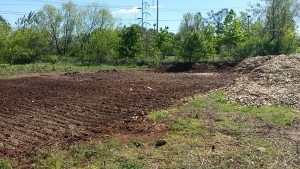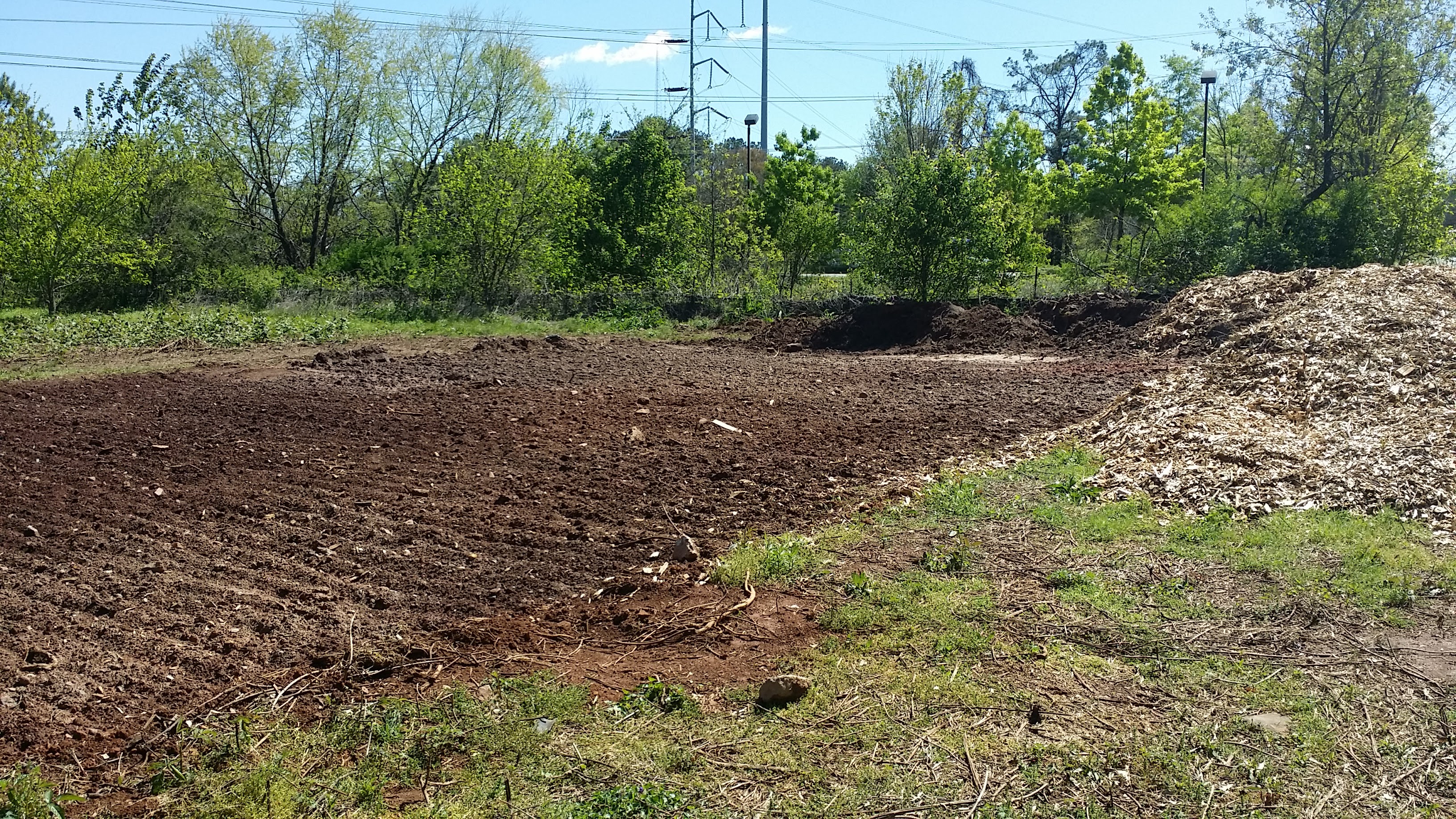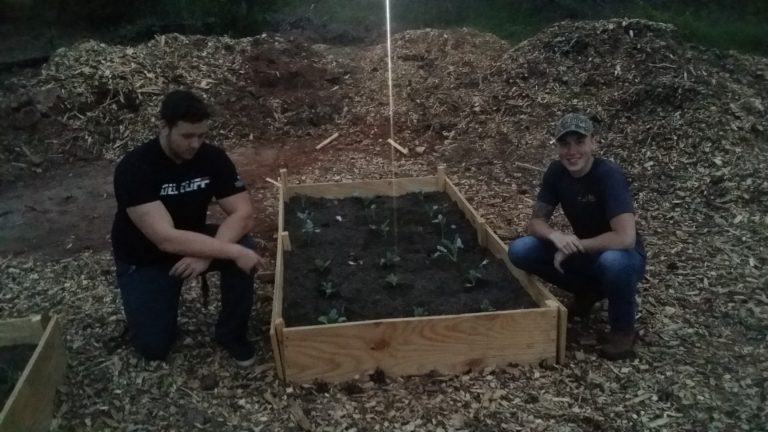
Hello again, everyone! This is Jazzymania here, bring you, well…. Not Time Travel Tuesday today, but rather Dutifully Dirt-filled Digression! Exasperatingly Endearing Earth-day? Soulful Shis-ka-bob of Soil? I’m having trouble coming up with puns today, so let’s go with Dutifully Dirt-filled Digression, and todays article is not a part of the Time Travel Tuesday Line but a one-shot request from the leader of this blog, SimpleTechGuy. What’s his request? Easy to answer! Recently, he decided to test out our garden’s soil to see which plants would grow best, and if we needed to introduce some naturally occurring elements in order to help our plants grow.
Now, before I do anything else, let me explain a bit about how the testing happens. First of all, you need to collect the soil sample, which is traditionally collected in a zigzag pattern, with slight variances depending on the plants that were growing in the area your garden will be grown. Now, when you’re taking a soil sample, be sure to use clean tools, preferably new ones altogether, and as for the size of the sample, get a clump of soil about the size of your fist from 6 inches down from the top of the soil. After collecting your various samples from your area, put them all in a clean bucket, again hopefully new, and mix them all together thoroughly You might want to use a plastic bucket in order to avoid metal contamination in the sample. Now, you lay the sample on a clean white sheet of paper on a flat surface in order to dry over night. After it’s finished drying you can place the sample in a sample bag that you can get for free at any local extension office, you bring the bag to the extension office, and they will send it in for testing.
Now, from here on, it’s out of our hands for about 10 days where the labs will test the soil’s ph levels and find out what sort of minerals are in the soil. The different ph levels effects what kinds of plants can grow, as well as give recommendations on what to add to the soil to affect the ph level of the soil, and the minerals that can be found in it. Now, the results get back to us and we can start our planting depending on what the results show. I do hope that everyone knows a bit more about how the process works, and now, happy gardening!


